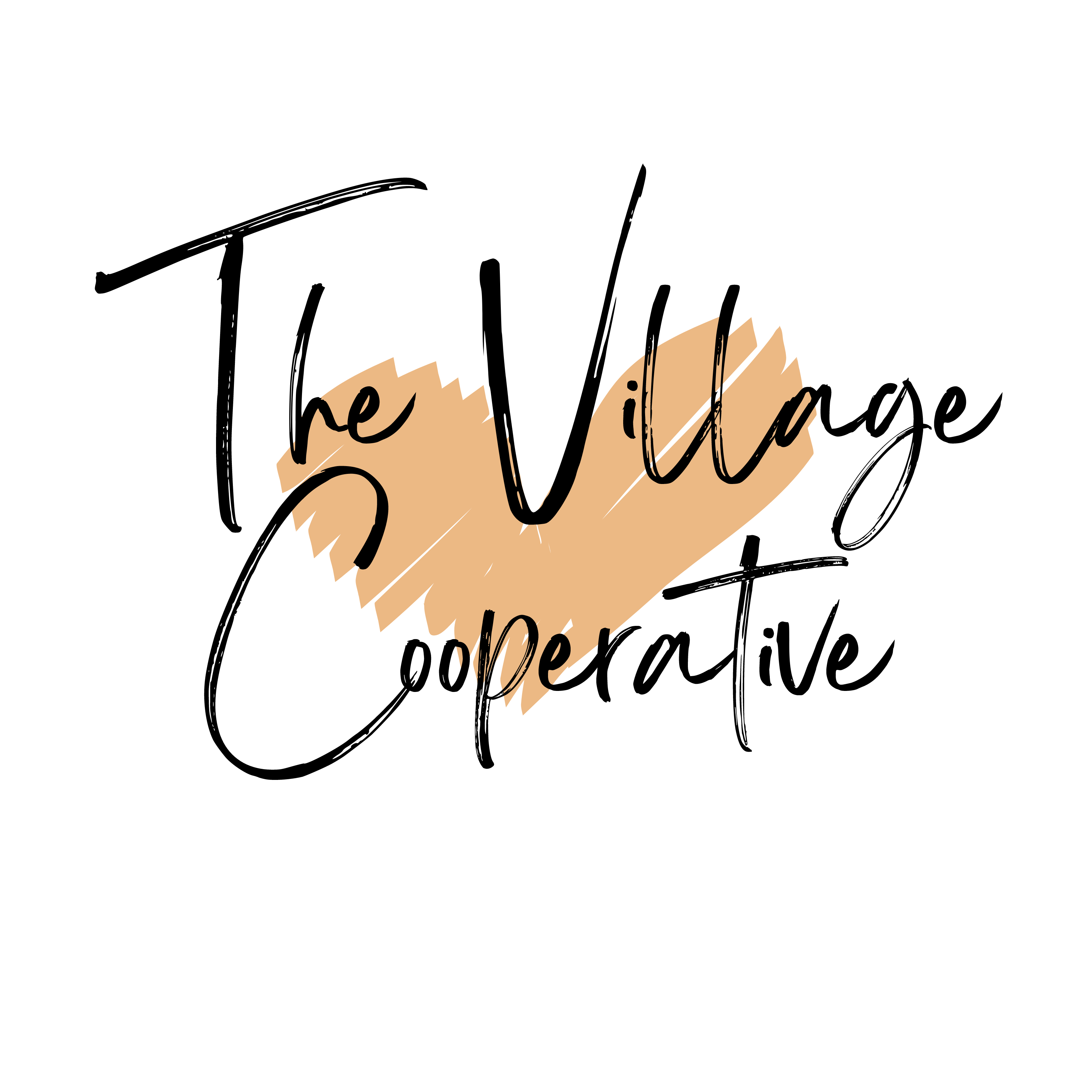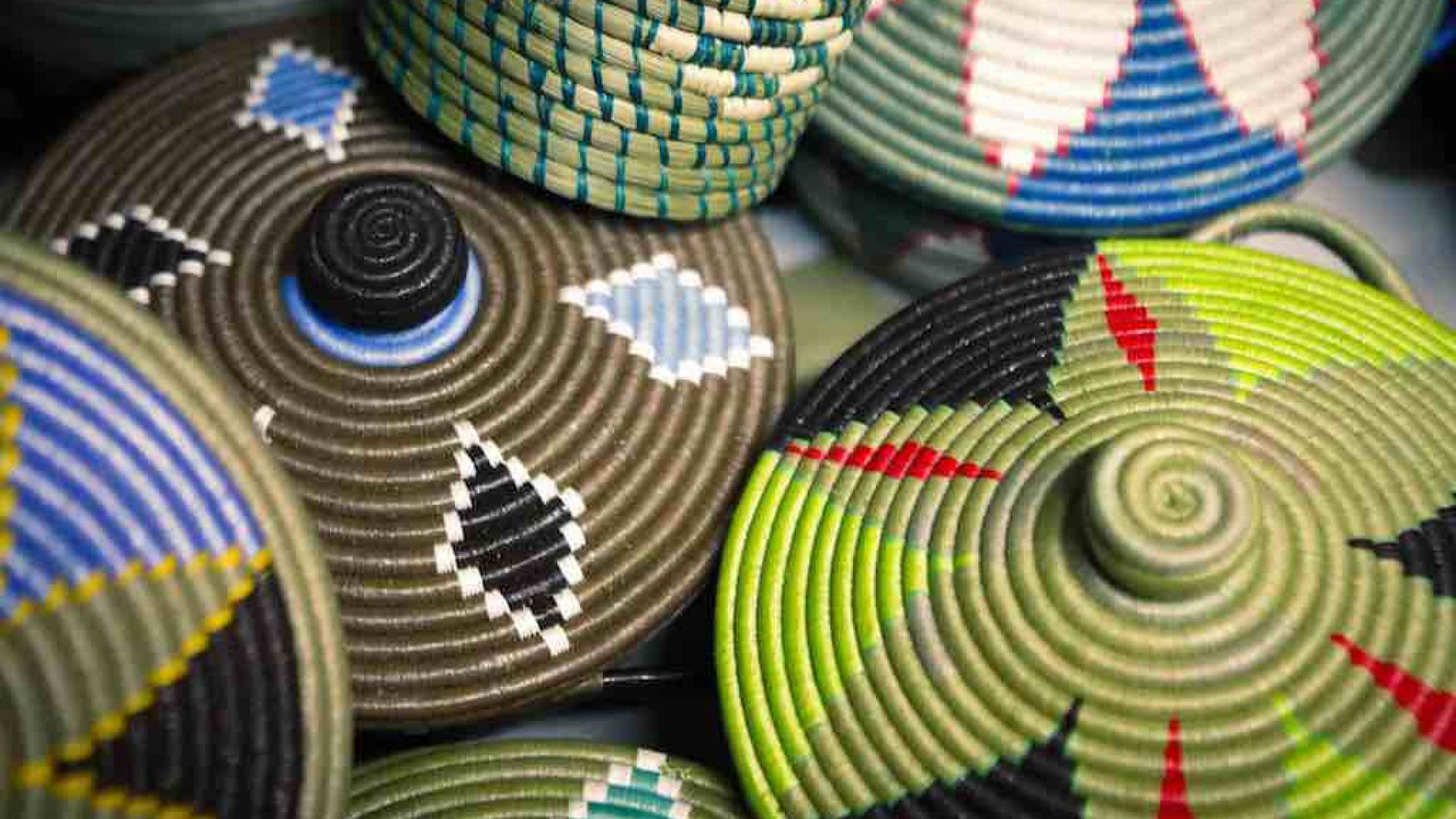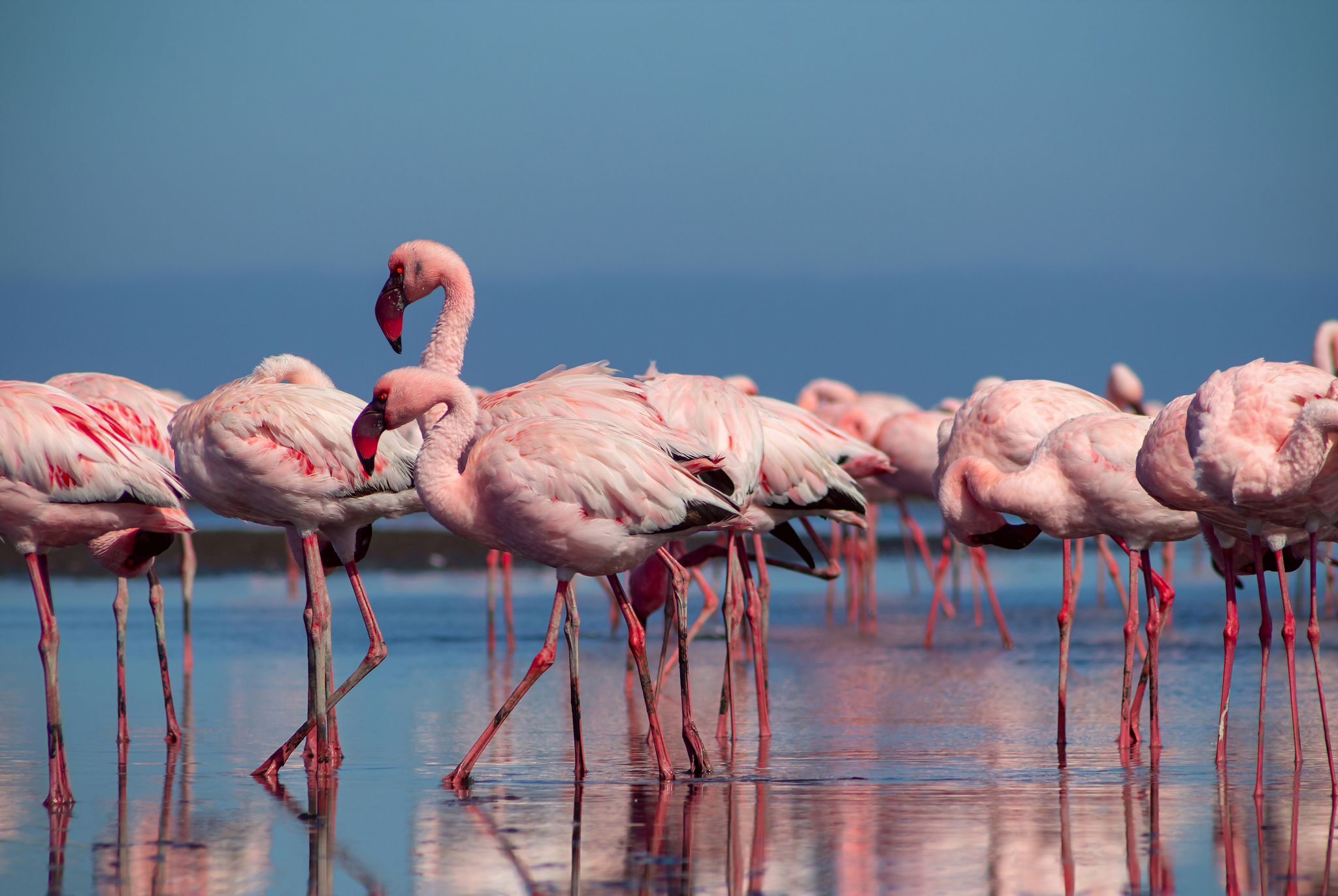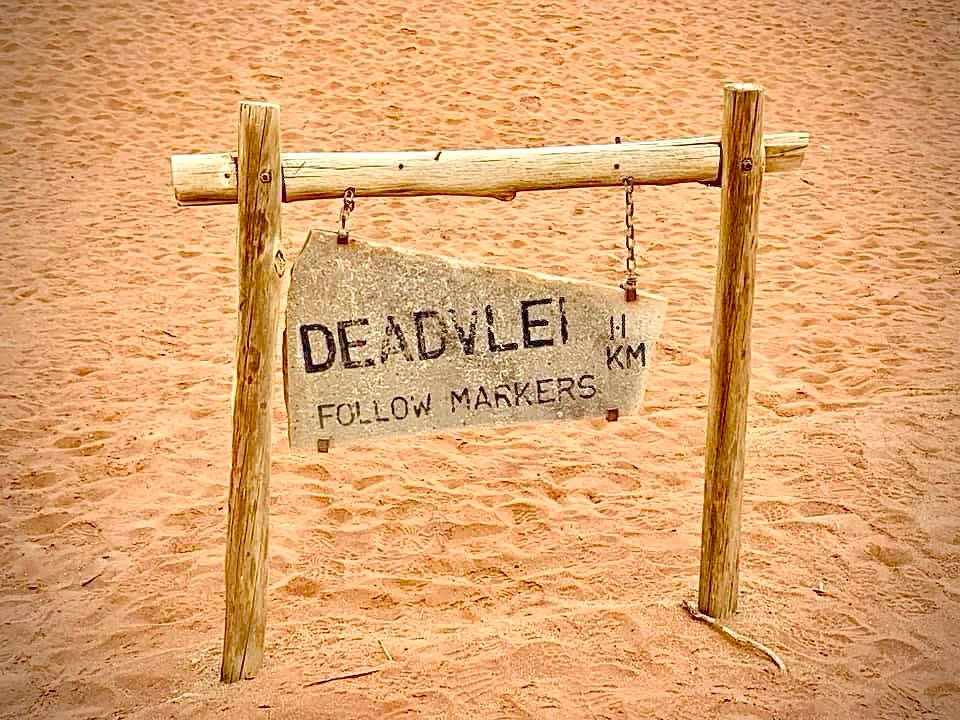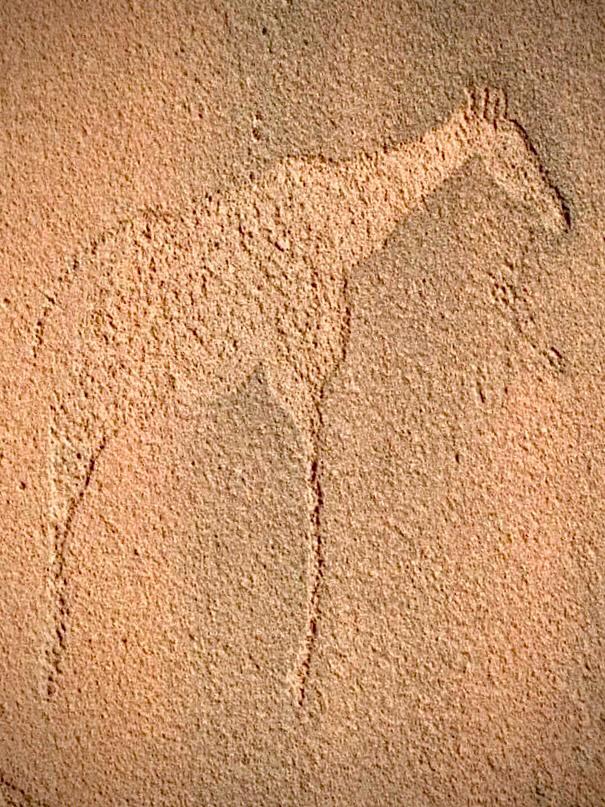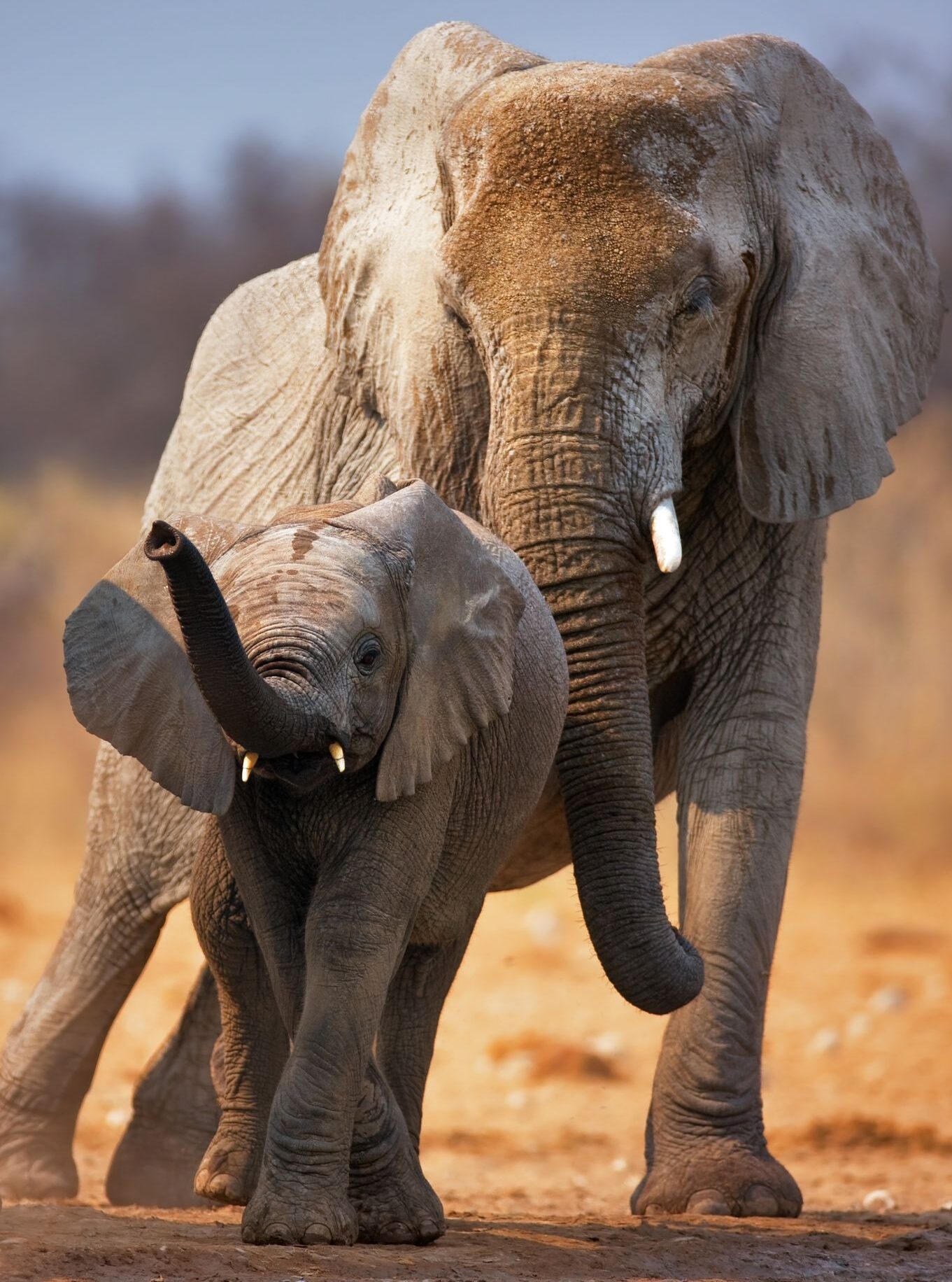NAMIBIA
Register NowAt The Village Experience, travel inspires impact. To date, TVE has operated over 800 responsible tourism programs around the world. Our programs have immersed nearly 3,000 travelers into our partner communities and impacted more than 25,000 people on the ground. Together, we have implemented programs to tackle social justice issues such as access to education & healthcare, women’s empowerment, and sustainability in these communities.
It is only through this unique relationship of responsible travel + philanthropy, that we have been able to raise more than $3,500,000 for our partner communities. You inspire and contribute to the impact…so keep traveling with The Village Experience!
Pricing
$8699 – Per person – Double occupancy
$9799 – Per person – Single occupancy
$1500 deposit due upon registration
DATES TO REMEMBER
April 1, 2025 – Second payment of $2500 due
November 1, 2025 – Final balances due along with passport copies, flights and travel insurance
Itinerary
April 12 – Arrive to Windhoek International Airport in Namibia. Meet your hotel representative and transfer to hotel for the evening.
April 13 – Meet your guide in the morning and enjoy a city tour of Windhoek including stops at Schwerin’s Castle (amazing views of the valley from here!), Christ Church, the Old Fort, the Emperor School, Independence Museum, Parliament, Independence Avenue and Katutura (where the majority of Windhoek ́s inhabitants live). Enjoy lunch before proceeding to Sossusvlei – a salt and clay pan surrounded by high red dunes. Check into lodge and relax. In the evening, embark on a sundowner nature drive. Dinner and overnight at lodge. (B,L,D
April 14 – Sunrise tour of the Namib dunes in all their splendor. These dunes form part of the spectacular Namib Sand Sea, which was declared a World Heritage site in 2013. Enjoy a guided excursion to Dune 45 and try to climb it! See the ancient Deadvlei and enjoy a packed lunch under the massive old camel thorn trees. We’ll then visit Sesriem Canyon and have a swim in its cool waters. Return to the lodge in the late afternoon for dinner and overnight. (B,L,D)
April 15 – Morning drive to Swakopmund – a coastal city in Namibia, west of the capital, Windhoek. Its sandy beaches face the Atlantic Ocean. Established by German colonists in 1892, the city’s colonial landmarks include the Swakopmund Lighthouse and the Mole, an old sea wall. Upon arrival, check into hotel and then head out on a Living Dunes Experience to see the small 5 – Namib Dune Gecko, Shovel-Snouted Lizard, Sidewinder Snake, Cartwheeling Spider, and the Namaqua Chameleon. We’ll then end with a short drive through the dunes and head back to the hotel. (B)
April 16 – Day trip to experience the rugged beauty of the Skeleton Coast. Depart in the morning for Walvis Bay to see the numerous flamingoes. Continue on to the Kuiseb Delta and Sandwich Harbor – one of Southern Africa’s richest and most unique wetlands and one of 5 RAMSAR sites in Namibia. We’ll then proceed on a route through the dunes and along the beach, stopping at various spots along the spectacular Sandwich Harbour lagoon. We drive southwards on narrow stretches of beach where the majestic dunes of the Namib desert roll into the sea. We will arrive at the Shawnee ship wreck late morning. Enjoy lunch on the spectacular beach at the wreck, consisting of a selection of fresh Namibian oysters paired with crisp sparkling wine, meat and fish platters with Namibian beer, an assortment of cool drinks and bottled mineral water. We proceed over some exhilarating dunes to experience some of the area’s typical fauna and flora. Animals which have developed ways to adapt to the desert include the black-backed jackal, fog-basking beetle, dancing spider (‘white lady of the Namib’), golden mole, shovel-snouted lizard, palmato gecko, springbok, oryx, brown hyena, and ostrich. Return to hotel in the early evening. (B,L)
April 17 – This morning after breakfast, head to Uis in the Erongo Region of Namibia. Check into hotel and enjoy lunch. Later this afternoon, depart on a scenic nature drive in a 4×4 safari vehicle to a beautiful sunset spot. Relax and enjoy the breathtaking views, sundowner drinks and snacks. Return to the lodge in time for dinner. (B,L,D)
April 18 – After an early breakfast, set out through dry riverbeds due west towards the Brandberg Mountains. Explore parts of the Ugab River in search of the desert-adapted elephants and go for a quick swim in one of the permanent pools on the foot of the mountain. Enjoy a picnic lunch on site. Return in the late afternoon to freshen up and enjoy dinner. (B,L,D)
April 19 – Check out and head to the Brandberg White Lady. The White Lady is a rock painting in the Brandberg Mountain massif of Damaraland in the northwestern Namibian desert. The painting is located in a cave known as Maack Shelter and portrays several human figures as well as oryxes (a type of antelope) on a rock panel. The White Lady is the most detailed human figure in the group. It is usually assumed that the painting shows some sort of ritual dance, and that the White Lady is actually a medicine man. The frieze appears to have spiritual significance, as several of the animals have human hind legs or human faces, conveying the merging of worlds as the healer enters into trance and the spiritual world to bring healing and request rain and abundant game for his people. The painting was probably made of ochre, charcoal, manganese and hematite, with blood serum, egg white and casein used as binding agents. The rock paintings are estimated to be approximately 1000 to 2000 years old. The site is now a protected heritage site of Namibia and visiting is only permitted with official guides. Continue on to your lodge in Damaraland. Check in and have the day at leisure enjoying all the amenities the lodge has to offer. (B,L,D)
April 20 – This morning, explore the beauty and wildlife of Damaraland. With a local guide, visit the rock engravings and paintings of Twyfelfontein, The Burnt Mountain, and The Organ Pipes. Many of the rock formations were formed by prehistoric volcanic activity. The rock engravings at Twyfelfontein gave hunters and gatherers a deeper grasp of the world than they had before. The Organ Pipes are masses of perpendicular dolerite pillars located down the riverbed and formed by the intrusion of volcanic rock dolerite about 120 million years ago. Burnt Mountain is located a couple of kilometers from the Organ Pipes and visible from the road. Volcanic lava intruded the limestone and metamorphism gave the mountain its distinctive color. We will then visit The Living Museum of the Damara to learn about daily life in Damaraland.
Return to the lodge for lunch. In the afternoon, enjoy an Ephemeral (Dry) River Drive. In the dry Aba-Huab River valley, marvel at the lush vegetation and the possibility of encountering desert-adapted elephants. Our knowledgeable field guides will lead you on an exciting nature drive filled with fascinating facts about the area, its history, and wildlife. Keep an eye out for birds of prey, antelope, fairy circles, Welwitschia Mirabilis, and a variety of other fascinating geological formations. The nature drive returns through savannah lowlands, little dunes, a dry riverbed, and intriguing geological structures. We can disembark the vehicle at Welwitschia Hill and enjoy a lovely sundowner in a natural setting as the sun sets across the desert-like savannah plains and distant mountains. Return to lodge for dinner and overnight. (B,L,D)
April 21 – This morning, check out of the lodge and head to Omapaha. Meet your local guide from the Himba Tribe and learn about the village and way of life. Activities such as grinding of red ochre, tanning of skin for making of clothing, making of butter in a calabash, preparing herbs for the cleansing ritual, making jewelry, and milking of goats can be witnessed. There will be an opportunity to purchase handicraft at the end of this responsible tourism offering. Continue on to Okaukuejo and check into your camp outside of Etosha National Park. Enjoy wildlife viewing at their beautiful watering hole. Dinner and overnight at camp. (B,L,D)
April 22 – Early morning game drive in Etosha National Park. Be on the lookout for black rhino, lion, elephant, oryx, springbok, zebra, leopard, cheetah, hyena, honey badger and more. The Etosha Pan covers parts of Etosha National Park and was formed over 100 million years ago. It is the largest salt pan in all of Africa and has been designated as a World Wildlife Fund EcoRegion. It is so large…it can be seen from space! Return to camp for breakfast. Check out and transfer to safari camp inside Etosha National Park in time for lunch. Later this afternoon, head out on another game drive in search of Namibia’s stunning wildlife. Dinner and overnight at camp. (B,L,D)
April 23 – Enjoy morning and afternoon game drives in Etosha National Park. The highlight of the trip! (B,L,D)
April 24 – Lazy morning to relax and enjoy the camp. Then, drive back to hotel in Windhoek and relax and repack in the evening. (B)
April 25 – Transfers to airport today after check out. (B)
Flight Reservations
Arrival & Departure: Windhoek Hosea Kutako International Airport in Namibia (WDH)
Vaccinations
Visit the Center for Disease Control website for up-to-date requirements (www.cdc.gov) and/or speak with a local travel doctor regarding vaccinations.
Recommendations include:
Hepatitis A & B
Malaria
Typhoid
Yellow Fever
NOTE: We also advise that you speak with your doctor regarding a prescription for an antibiotic to combat food and water borne illnesses.
Required Documents
-
- Passport – Your passport must have at least two blank pages and a minimum of six months’ validity from the date of entry.
- NO visa required
- Travel Insurance – Medical evacuation, repatriation and medical coverage are required by The Village Experience. We strongly recommend that you purchase trip cancellation and trip interruption coverage.

